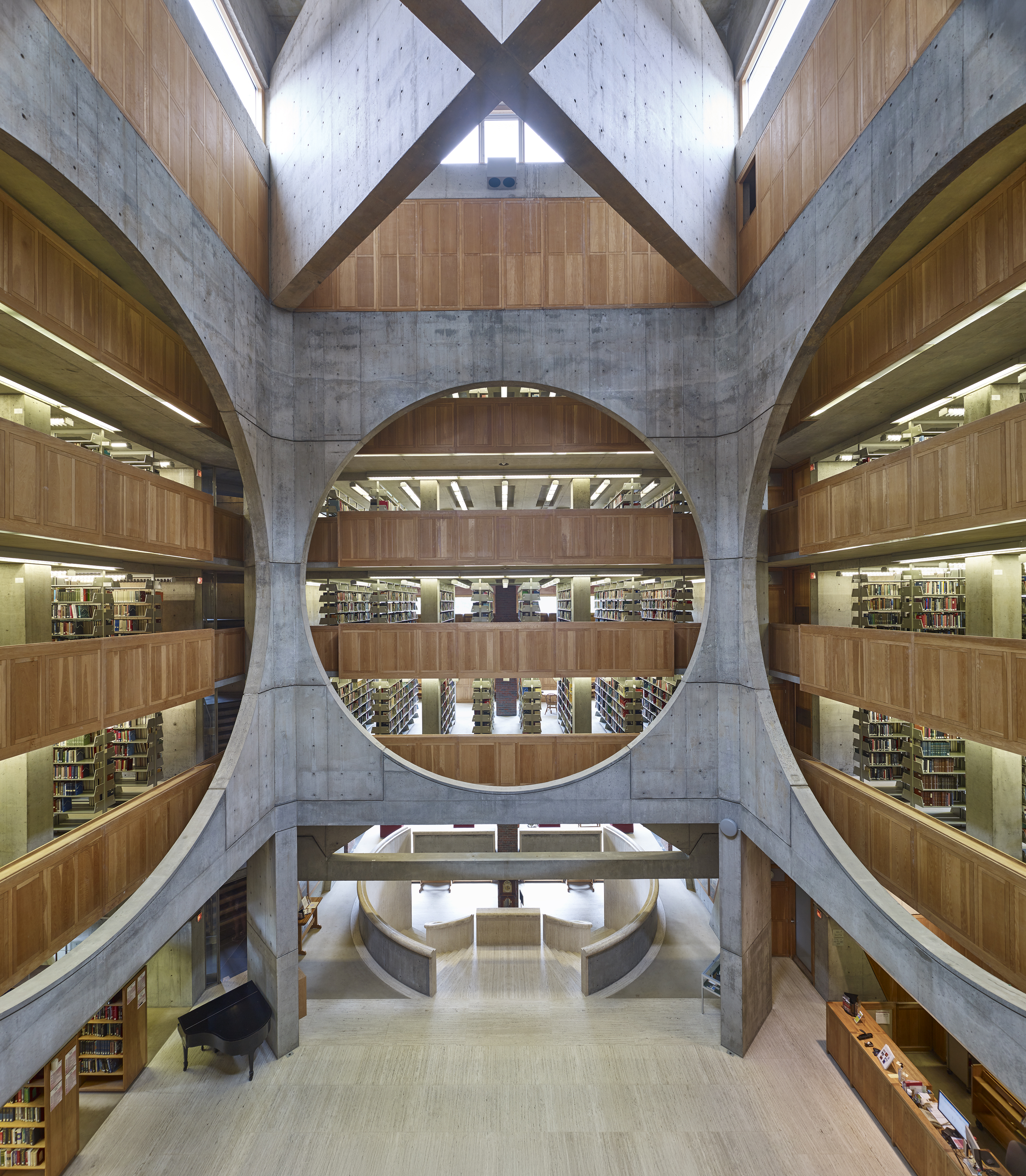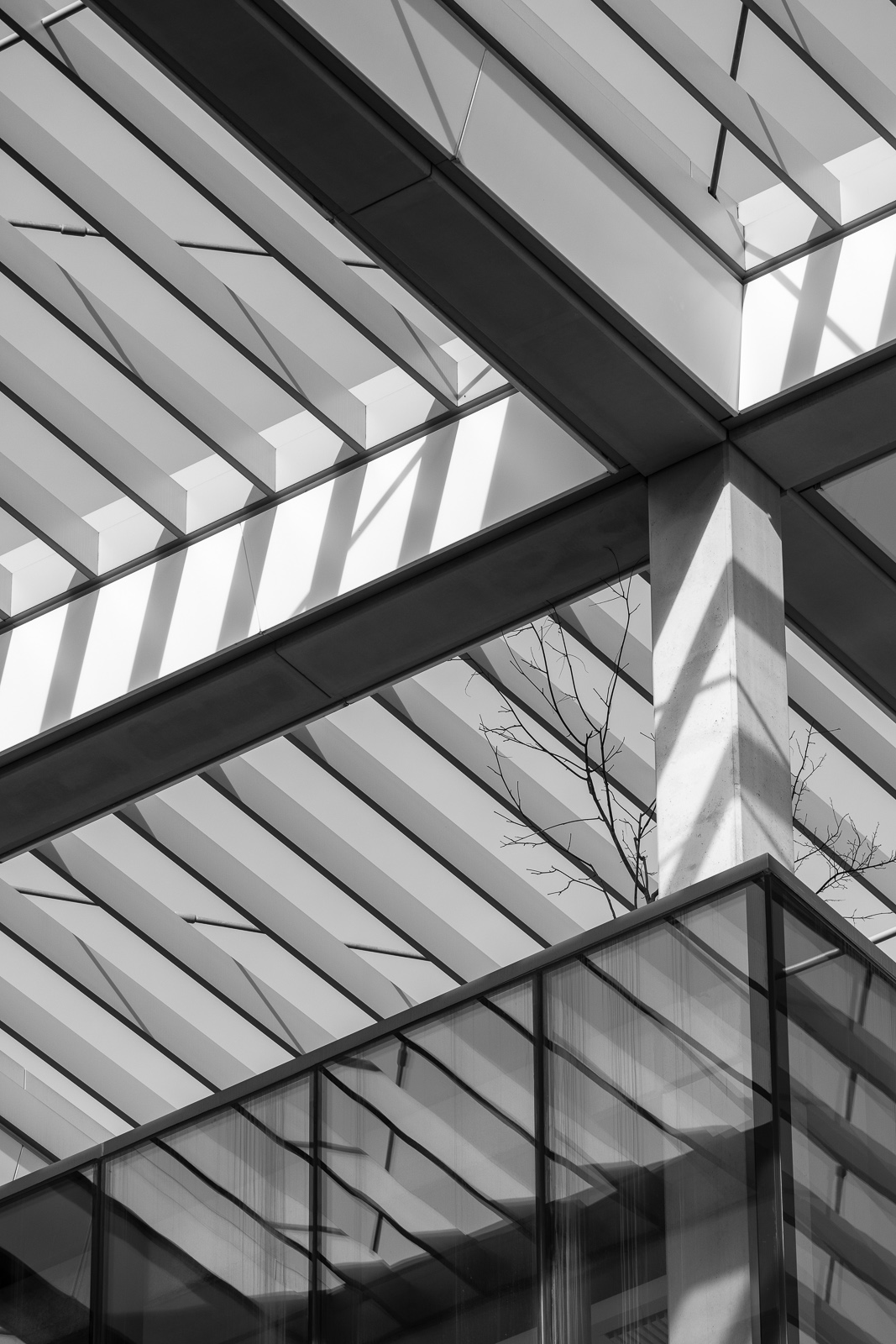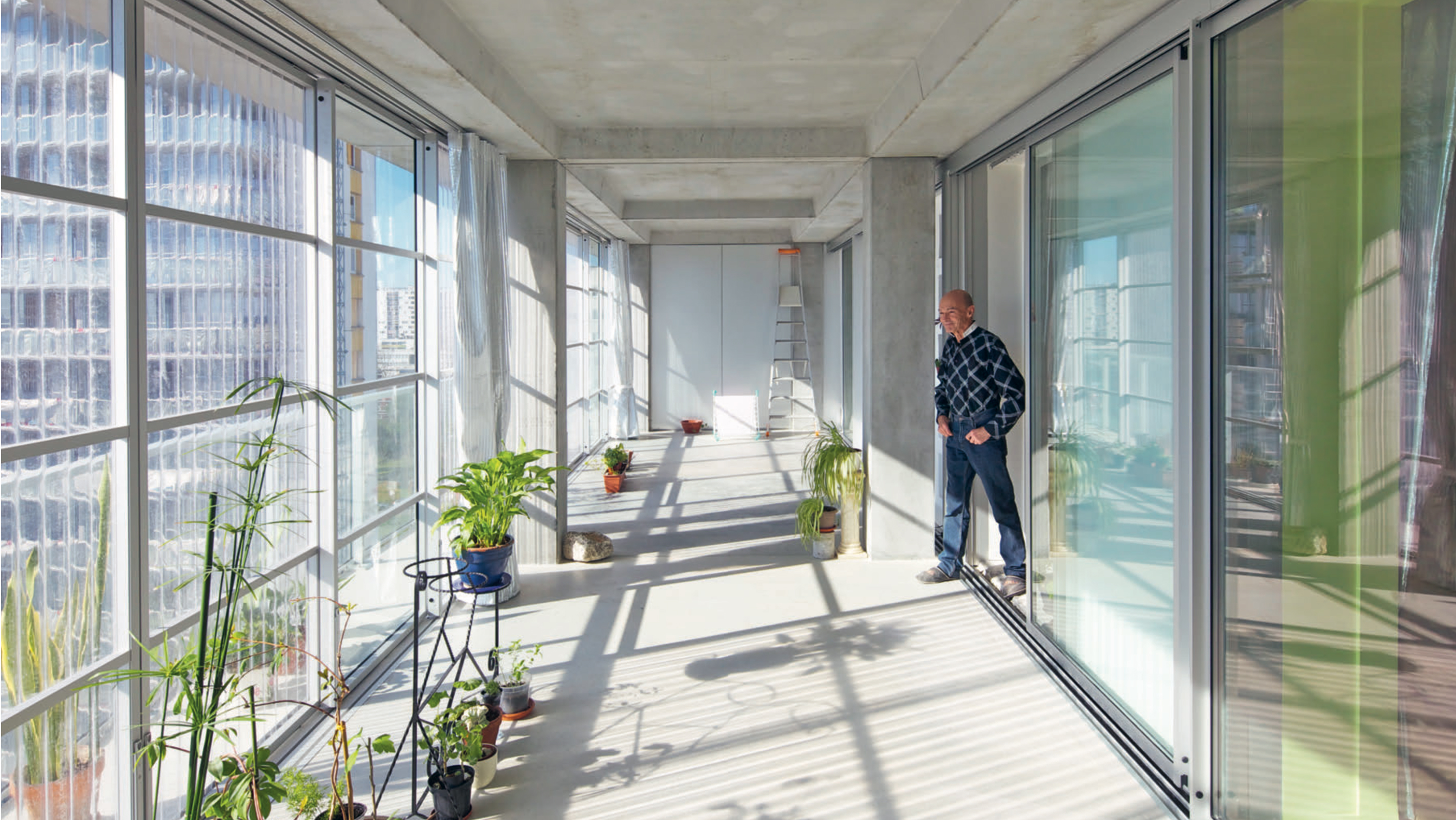Light of Tomorrow
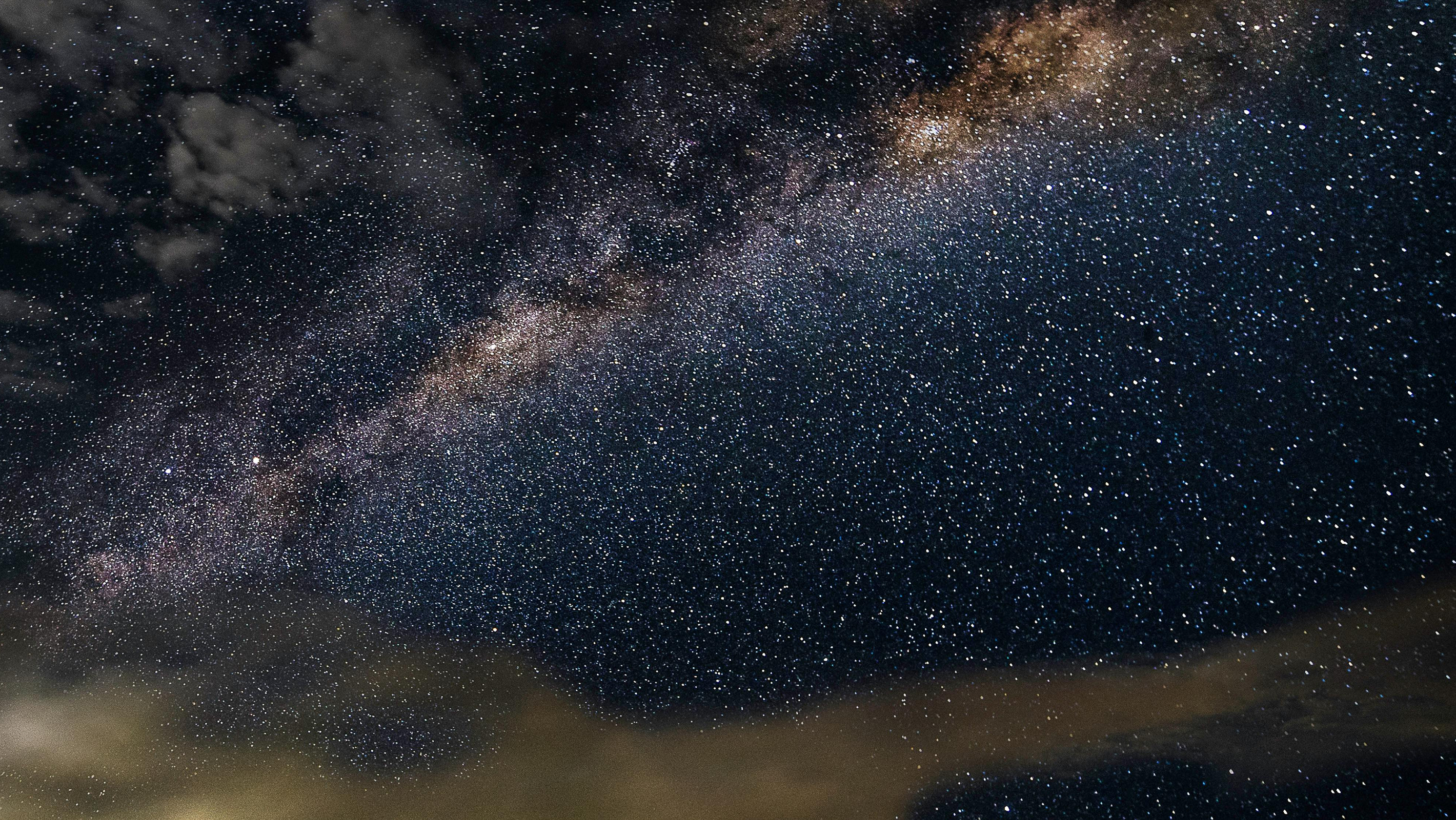
Category
Daylight
Daylight & Architecture
Research and Innovation
Author
Per Arnold Andersen
Photography
International VELUX Award Students
Arnie Chou, Pexels
Kendall Hoopes, Pexels
Share
Copy
The impact of participating in – and winning – the International VELUX Award for Students of Architecture by exploring daylighting in its widest perspectives and understanding
The International VELUX Award for Students of Architecture celebrated its 20-years anniversary in 2024. Over the two decades, close to 7,000 projects have been created and submitted for the award by teams or individuals from around 800 universities and schools of architecture from all over the world. And all projects have been related to daylight; either in specific buildings and built environments or in pure investigations and experimentation.
Under the motto, “Light of Tomorrow”, the award wants to encourage and challenge students and their teachers to explore the theme of daylight in the widest perspectives and understanding of the subject. Around 100 projects have been rewarded and celebrated over the years, either as global winners, regional winners or honourable mentions. It is our hope and belief that all participating teams and individuals have gained from participating in the competition and will maintain a sincere interest in daylight in their career as a graduated designer or architect.
We know from previous winners of the award that winning has been a source of pride and a stepping stone in their future career. Winning gave them the confidence to bring ideas to the table in the real world of architectural practice. Every award year – with the exception of the Covid-19 lockdown in 2020 – all winners have been invited for a workshop and a celebration together with the jury and an international audience of architects and media. We know that these relations have also been a pathway into close contact to the international community of architects and fellow students, including many who have remained in their network.
“Winning gave them the confidence to bring ideas to the table in the real world of architectural practice.”
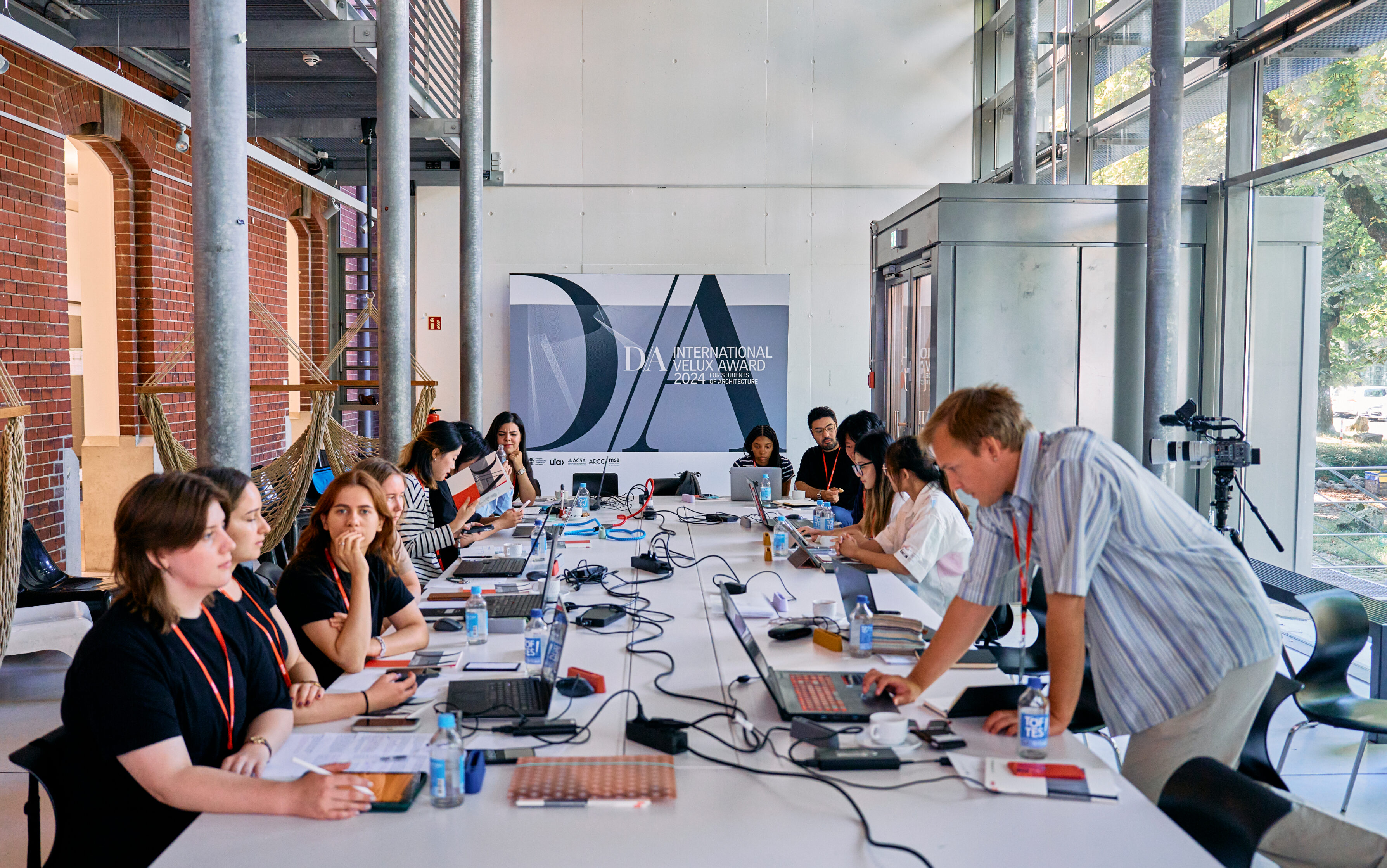
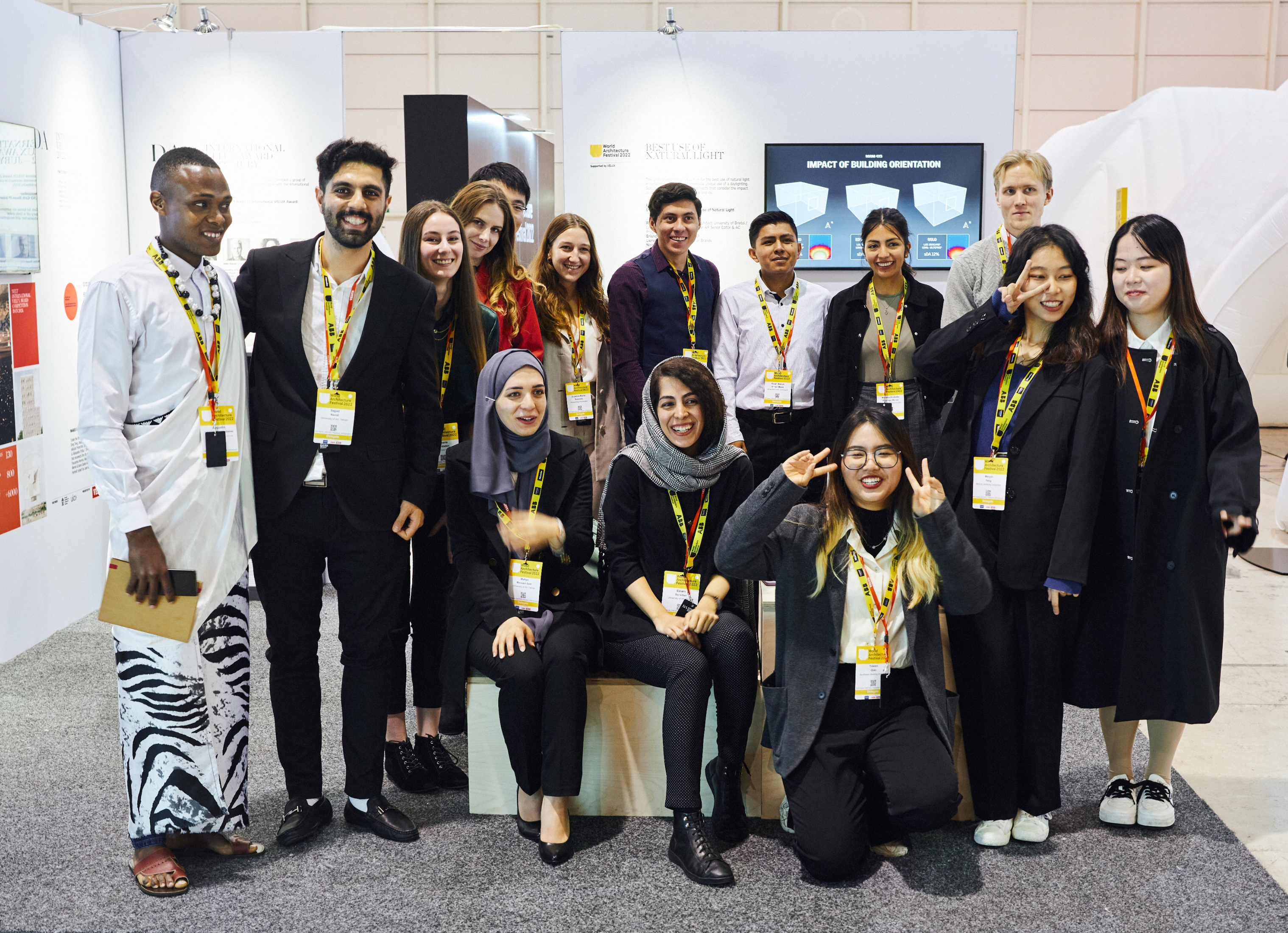
It has not been possible for us to follow all the winners, but we have been in contact with many of them over the years. Some of the winners, who were in the middle of their studies, used the prize and the international recognition to obtain scholarships at prestigious universities. Others, who submitted their final diploma project, continued as educational assistants and educators or continued with academic research and obtained a Doctor of Philosophy degree (PhD) and some today hold a position as Associate Professors. Whilst others have established their own practices, and many are today practicing architects and lead architects in offices all over the world.
When we spoke to previous winners they agreed on one point: there seems to be a number of enduring virtues that make a good architect. These include the willingness to take on responsibility for our society and for the environment. An example of this is the story told by the team behind the project `The Theatre of Light´ that was selected as the 2020 global winner for daylight investigations in 2020. Unfortunately, the team missed the international workshop and celebration in this competition cycle, due to the global Covid-19 restrictions – so we have found it fair and appropriate to celebrate – and highlight – their project once again.

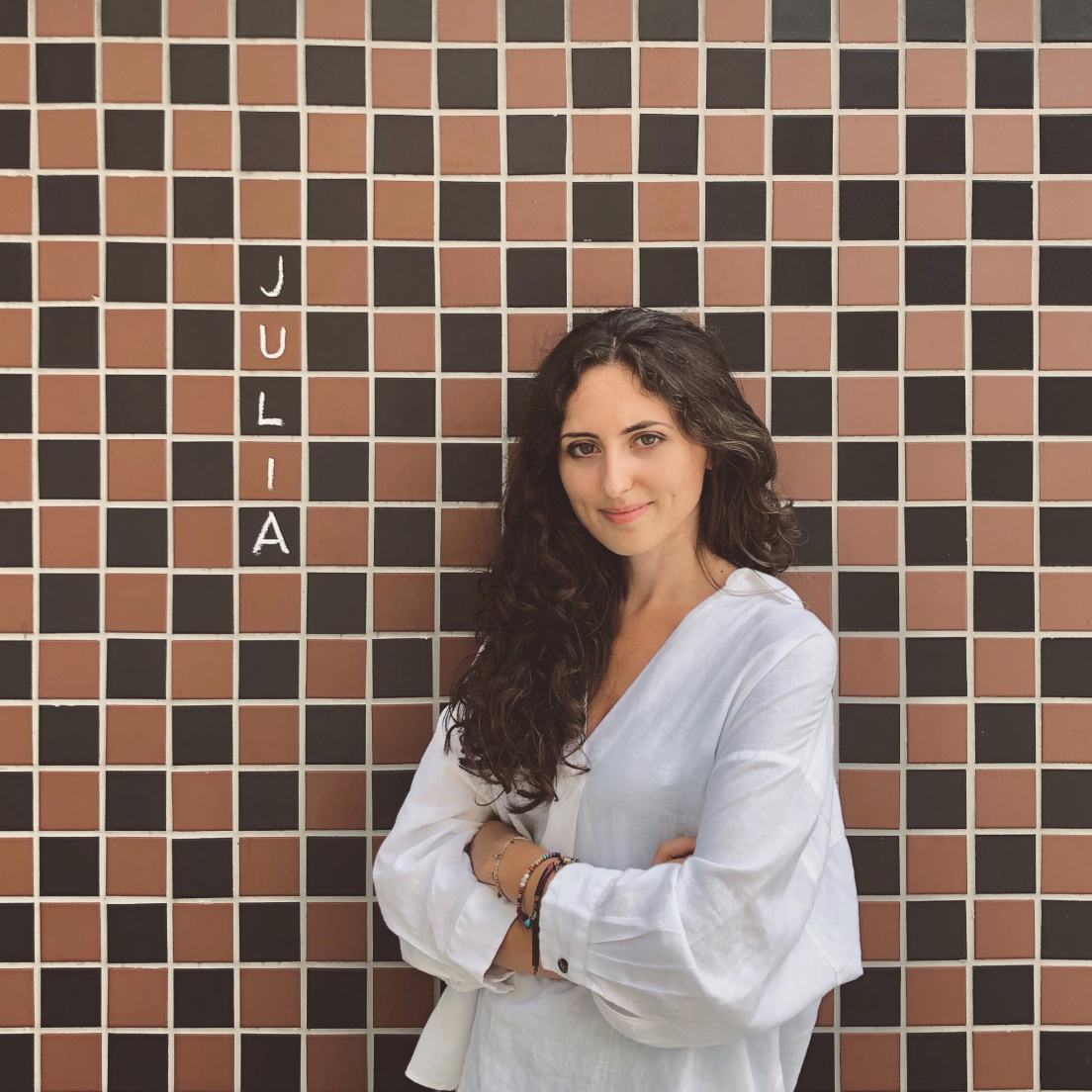
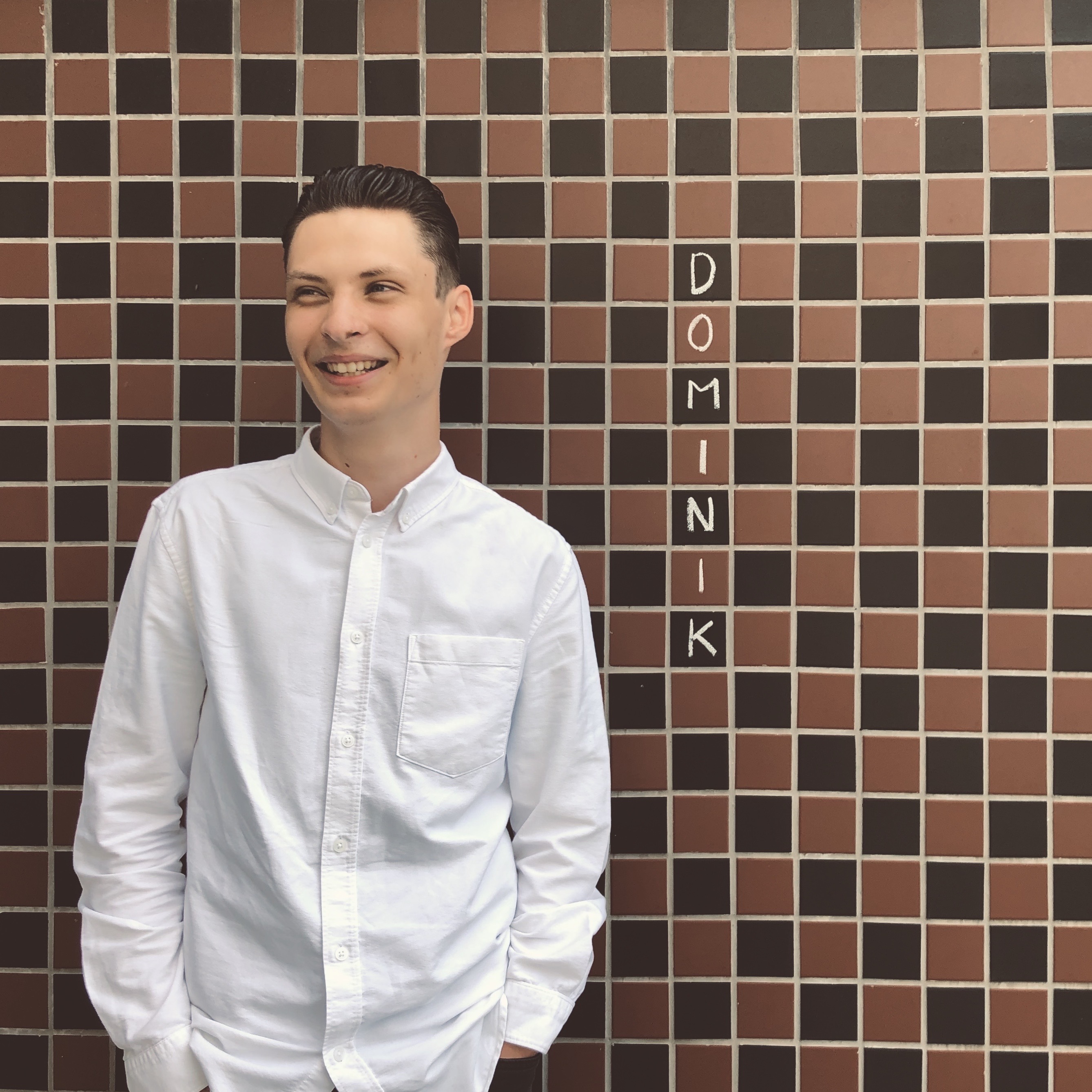
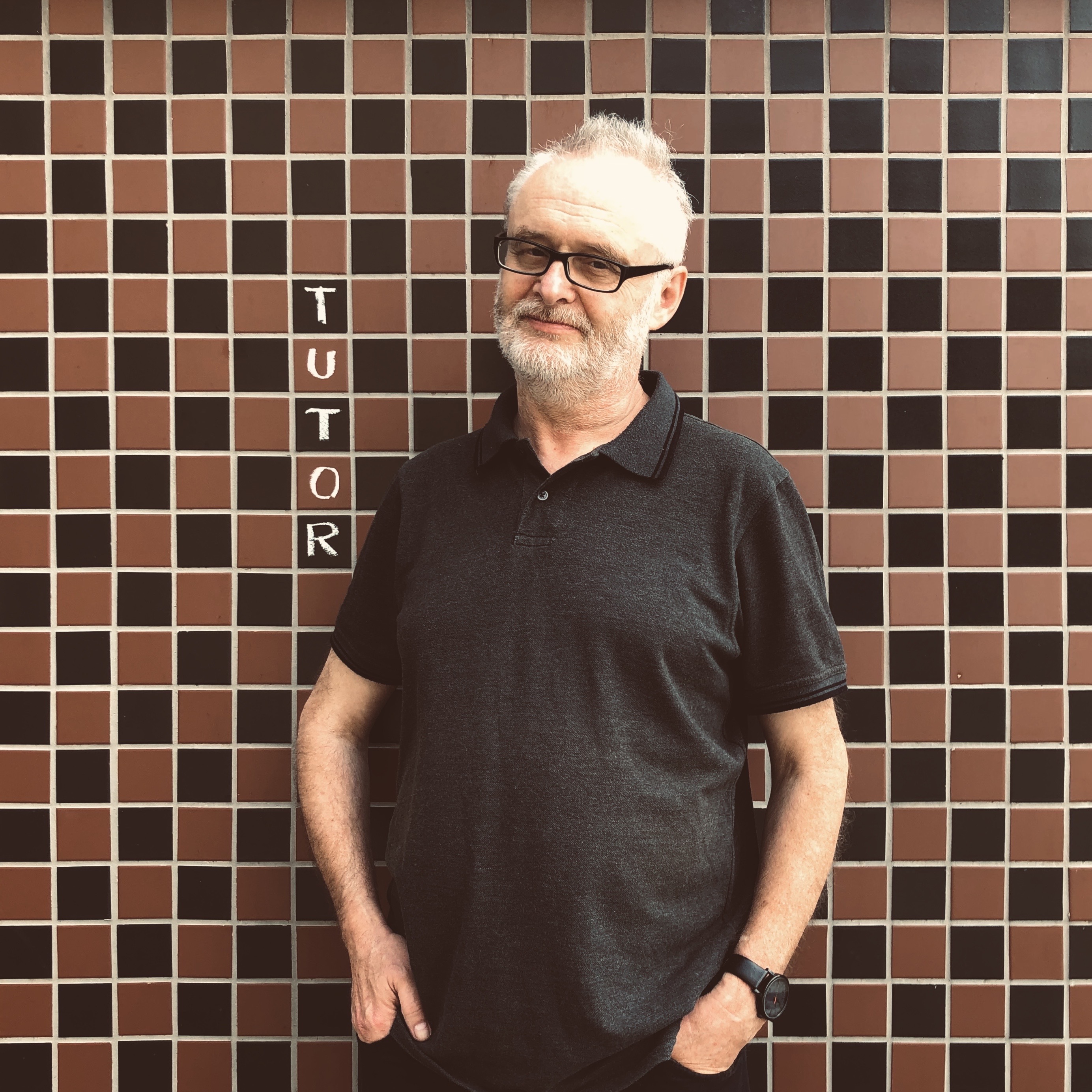
The students, Julia Wild, Paweł Białas and Dominik Kowalski were supervised by professor, Jerzy Wojewódka from the Silesian University of Technology, Faculty of Architecture, Poland. The project dealt with the fact that artificial light pollution is a huge problem in the modern world. ‘We turn night into day thanks to technology and due to this, our whole diurnal cycle is disturbed. The result is that humans, animals and plants are deprived of a natural need to exist in darkness when the sun is not in the sky.’
The 2020 jury was composed of Odile Decq FR), Nora Demeter (HU), Sebastian Adamo, (AR), Juri Troy (AT) and Martin Pors (DK). The jury’s report stated:
‘We in the jury were taken into a very sensitive investigation and a dialogue between artificial light and natural light, and today’s problems with being able to experience the dark night sky. The project is a convincing example of how you do not need to make `big architecture´ in order to make a clear architectural statement. It is an elegant project and very coherent in its graphics and text.’

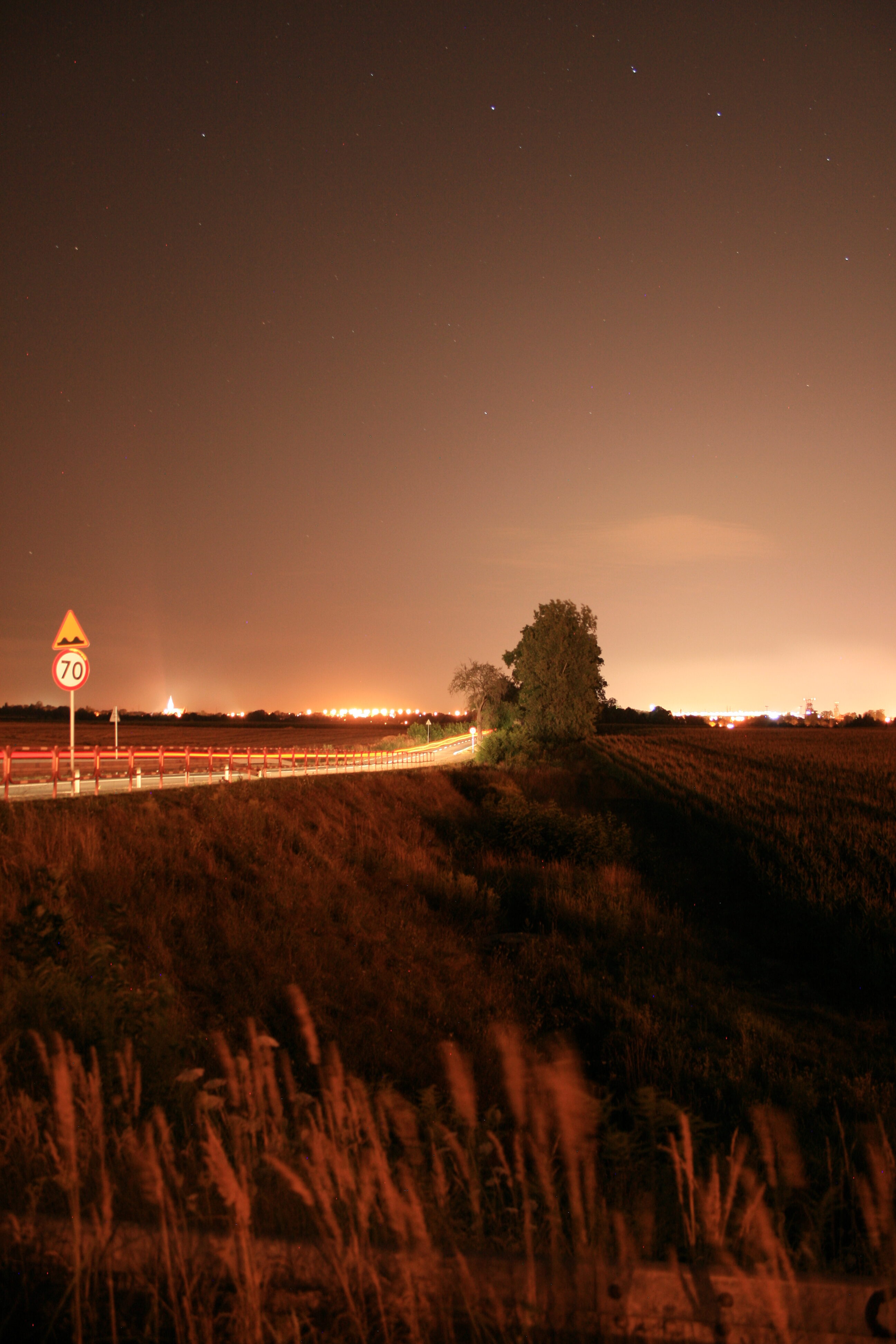
The project was conceptualised and presented in the international competition, when the students were in their second year of architectural studies. Now, four and a half years later, we have had a chance to talk to Julia Wild and Paweł Bialas, today as graduated architects, together with their tutor and former professor Jerzy Wojewódka. The purpose of the talk was to hear more about their winning project, the impact of their winning and where they are today in their career. Professor Wojewódka clearly recalls the project and the process:
‘What I really liked about the project was that the students went a bit against the stream. They recognized that light is important, but they also concluded that there is sometimes too much. They asked what could be done to restore the natural way, the natural process of receiving light. After all, darkness is an important counterpart to light. We had a lot of uncertainty when we sent this project and therefore, we were greatly satisfied and positively surprised about the result. This only proves that the search for a new approach, new values in design and thinking about architecture, has worked.’
When the team decided to participate in the competition, they started with some team meetings – and among several ideas and topics related to daylight – they decided to search for information about electric light pollution at night and how it was possible to experience the natural light from the stars and planets on the night sky. There were several international sources available about how to restore the nighttime environment and they wanted to use this knowledge and propose a project that would help raise awareness.
Pawel expresses: ‘What surprised me the most was the huge impact light pollution has. I was really surprised to realise the fact that I hadn’t really seen a clear night sky. I also realised that I should sleep in true darkness.’ Julia adds: ‘Through the project and in my further studies, I realised that the timing of light and darkness has a huge impact on our human health and our circadian rhythm.’
Before conceptualising the project, Julia had read about one of the few completely dark places in Europe, the Izera Dark-Sky Park, Poland. That became the key to the idea of creating a landscape room here, where visitors could be given the opportunity to observe a fragment of the night sky like a spectacle of light.
“Through the project and in my further studies, I realised that the timing of light and darkness has a huge impact on our human health and our circadian rhythm.”
The idea was to create a kilometre long land art, which gives people the opportunity to observe a slice of the sky as in the `Theatre of Light´. At the same time, by the scale of solution, it puts us in mind of how small we are. The symbolic circle -often used in planetariums – contains many metaphysical metaphors, referring to cyclicality, earth, sky or eternal connection. In the project, it is also a reinterpretation of the ancient theatre, in which, through the architectural composition, the viewer’s attention was focused on the stage. In the case of their land art, they wanted to provoke viewers through a hollow, raw ditch to look at the sky.
‘With the project, we wanted to create something which would admire not only the beauty of natural darkness but also daylight changing through the day. Humans need to appreciate small lights on the celestial sphere above us – stars, Milky Way – in the same way we appreciate the beauty of winter sunrise.’
Reflecting on being awarded the global winners of the 2020 competition, both Julia and Pawel expressed their pleasure and honour. In addition, they described the impact this win has had at both a professional and personal level.
Julia states: ‘To be honest, this experience was and is so special to me on a human level. You could say that I don’t perceive it on a professional level only. I am grateful for all the experiences this competition has brought me and for the people I have been able to meet through it… It was really important to me, and it is still close to my heart.’
Pawel continues: ‘Above all, it was a great form of recognition for us. Participating in such an event allowed me not only to verify my skills on an international level but also to gain valuable experience that influenced the further development of my career. The recognition I received is not only proof that my work was appreciated, which is very satisfying for a young person, but it also gave me more confidence and motivated me to take part in future architectural competitions.’

Professor Wojewódka believes that participation in competitions is a very important test of the knowledge gained during the studies: ‘An international competition is even more important, since it allows for competition not only among talented individuals, but also between people with different ways of thinking and a different level of understanding, resulting from cultural differences. Winning was a great honour for our university, especially for the faculty of architecture, which, while being a part of a technical university, also pays great attention to humanistic and social values, as well as the problems of everyday life – not only in Poland, but also all around the world. For me, as an academic, the award given to our students is confirmation that our direction and teaching methods represent a high level of education, comparable to the best universities in the world.’ After winning and in connection with the communication about the project, a contact was established in the town of Świeradów-Zdrój. Julia shared: ‘The mayor of it, wanted to go further with the project. He was really impressed by the whole concept, and he wanted to seek funding from the European Union. It has still not happened, but we are still in touch with him from time to time.’
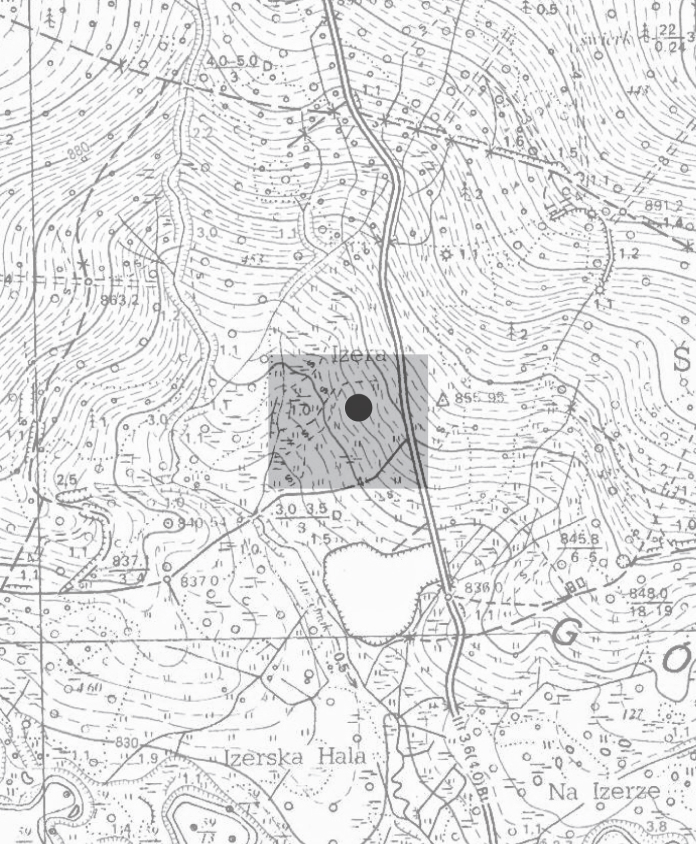
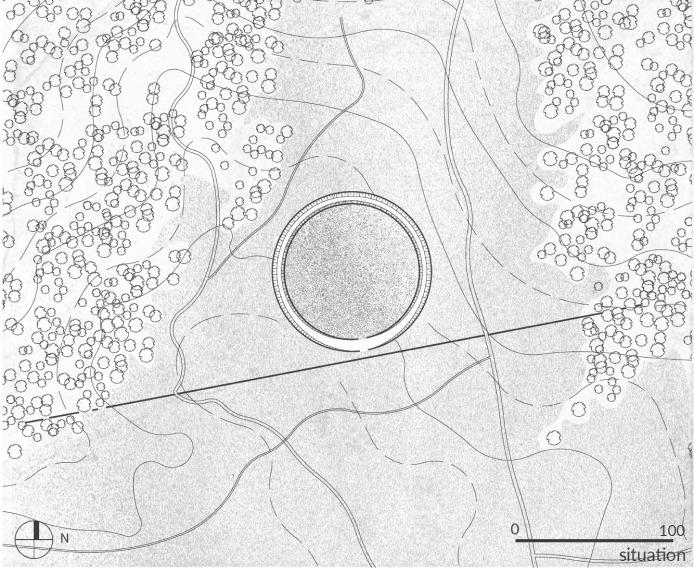
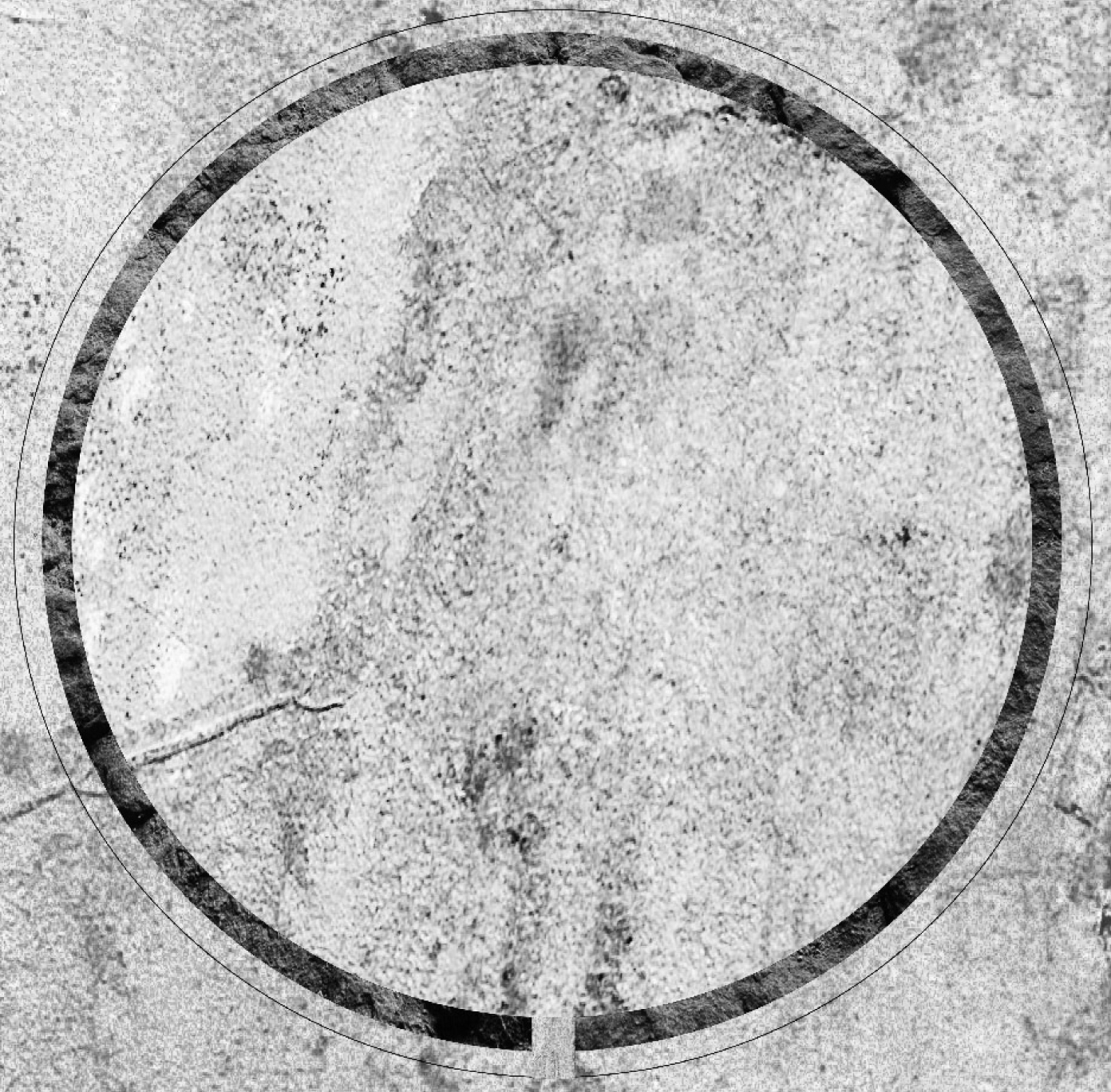
Julia and Pawel graduated from the Faculty of Architecture in 2024. They both have maintained a sincere interest in our contact with nature and our use of natural resources. With Julia´s diploma thesis `Lands of Borderlands´she won the main prize in the competition organised by the National Institute of Architecture and Urban Planning. The project was supervised by arch. Jan Kubec, PhD. Pawel´s diploma project, `Reclamation, revitalisation and redevelopment of the post-industrial heap in Zabrze-Biskupice´, received an honourable mention in the National Academic Competition for the best diploma thesis of the year `Concrete Architecture 2024.´ His project was also supervised by professor, Jerzy Wojewódka.
Today, Pawel is currently working at an architectural office as an architect. ‘As for my interests, they haven’t changed; architecture is still my passion. In addition to my professional work, I occasionally take on projects for various architectural competitions. So far, the architectural projects I’ve worked on have received several awards at the international, national, and university levels.’
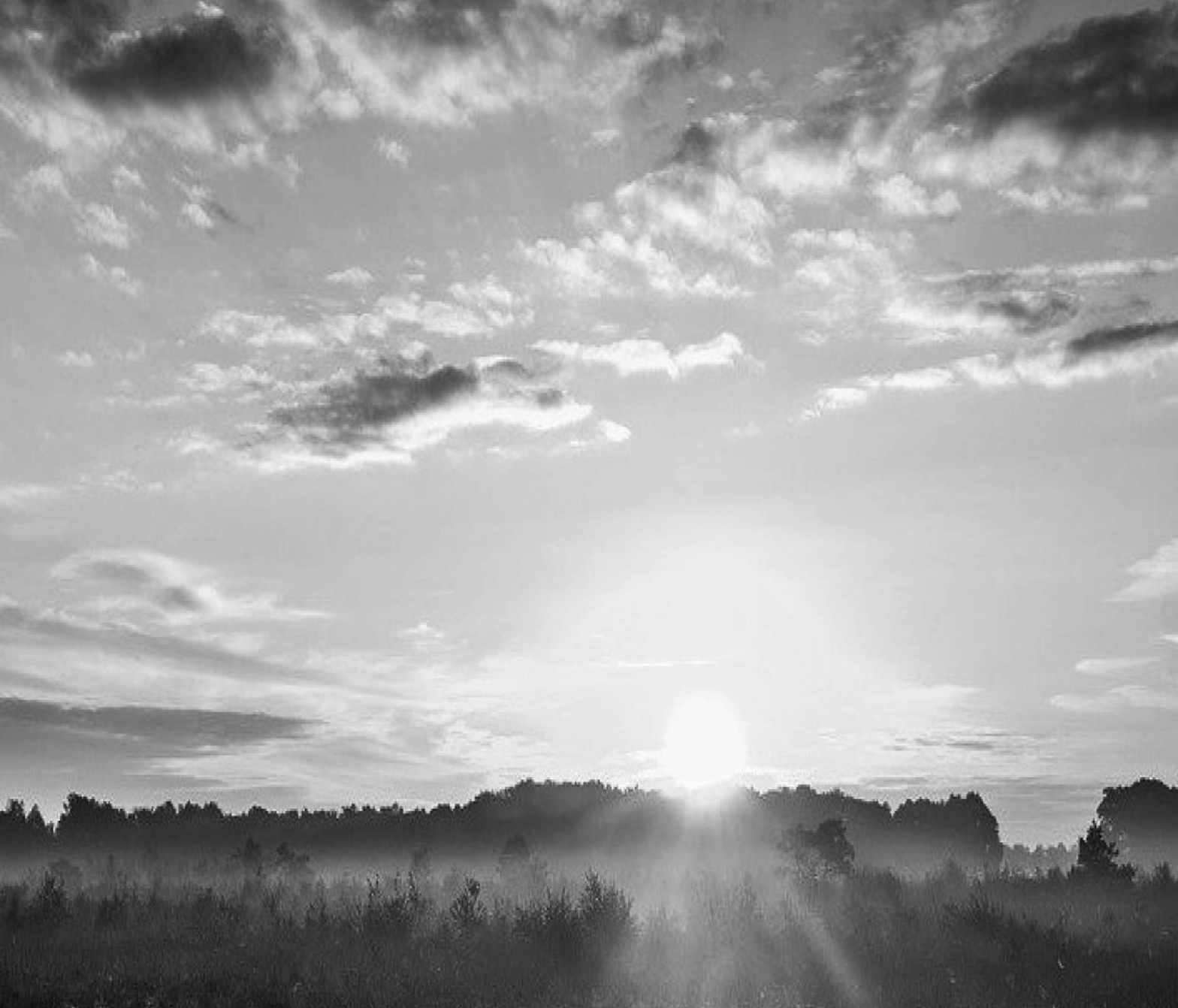

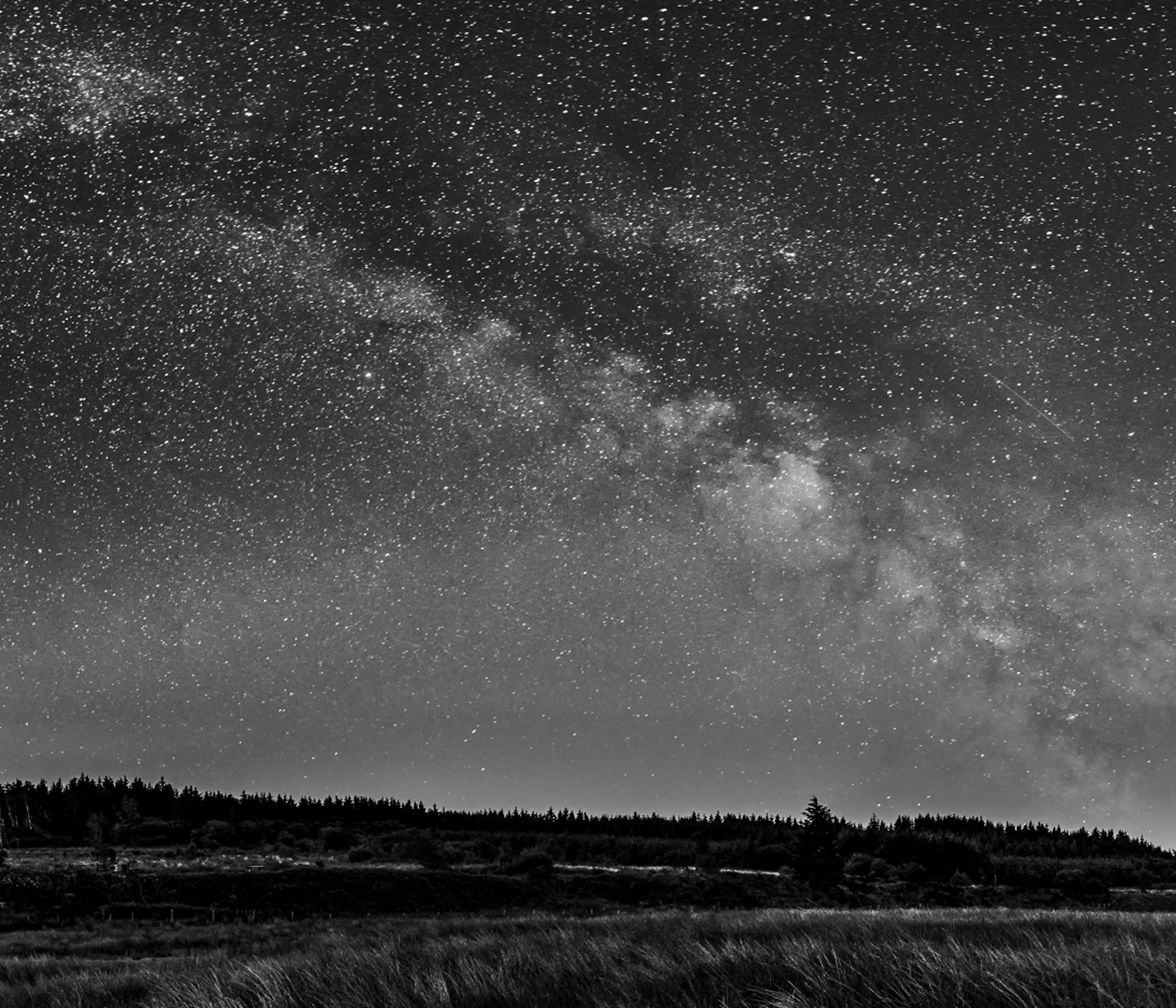
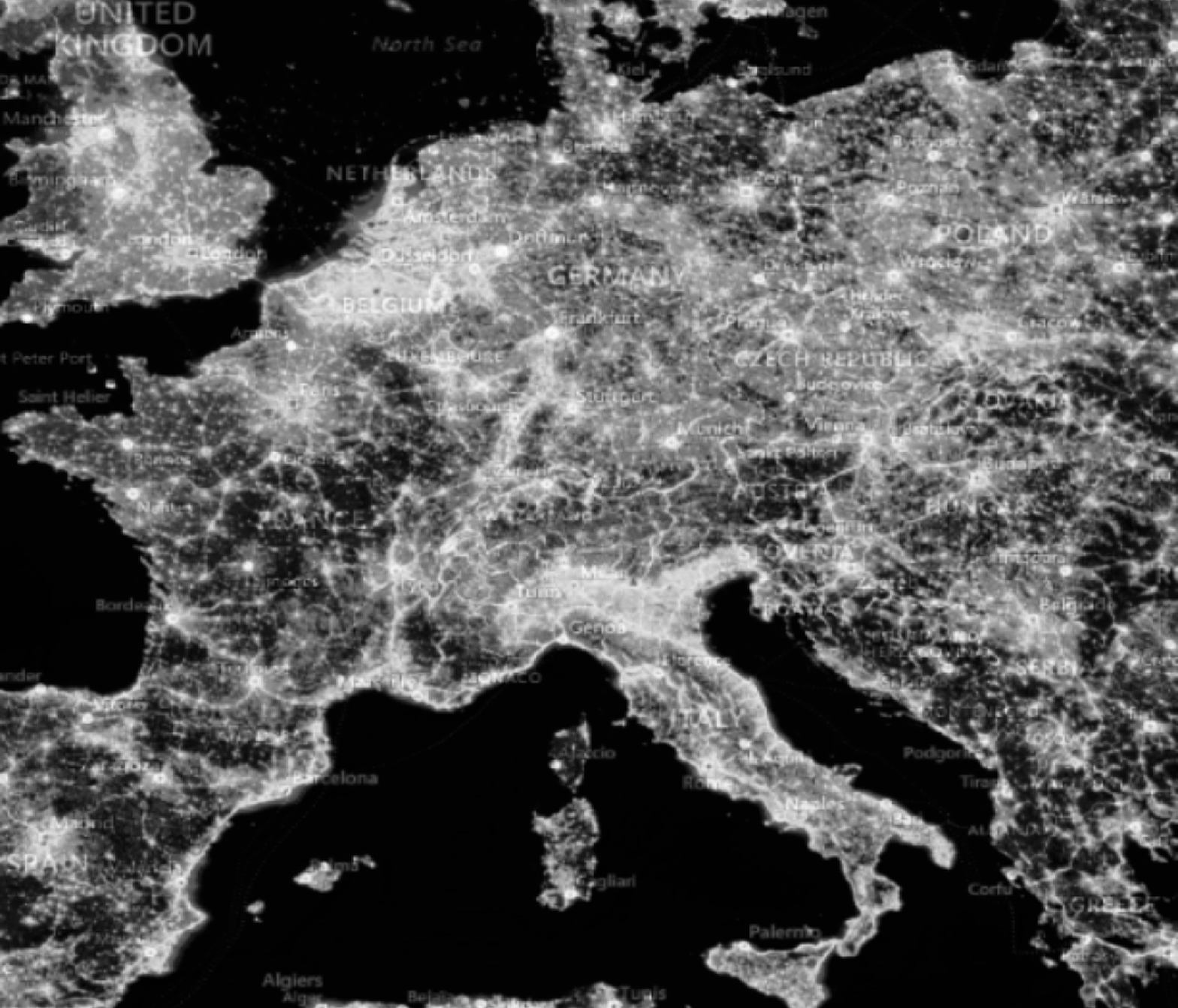
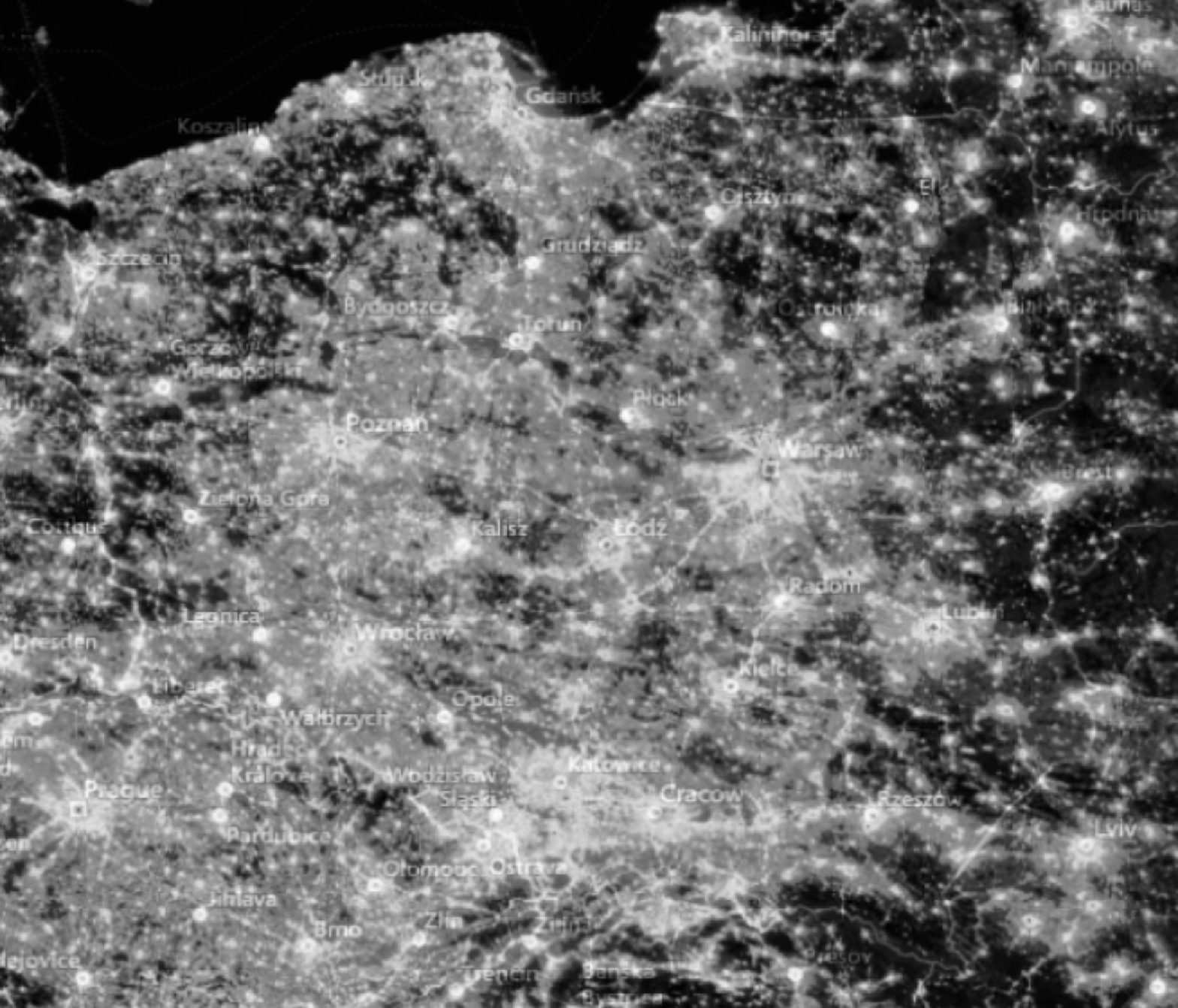
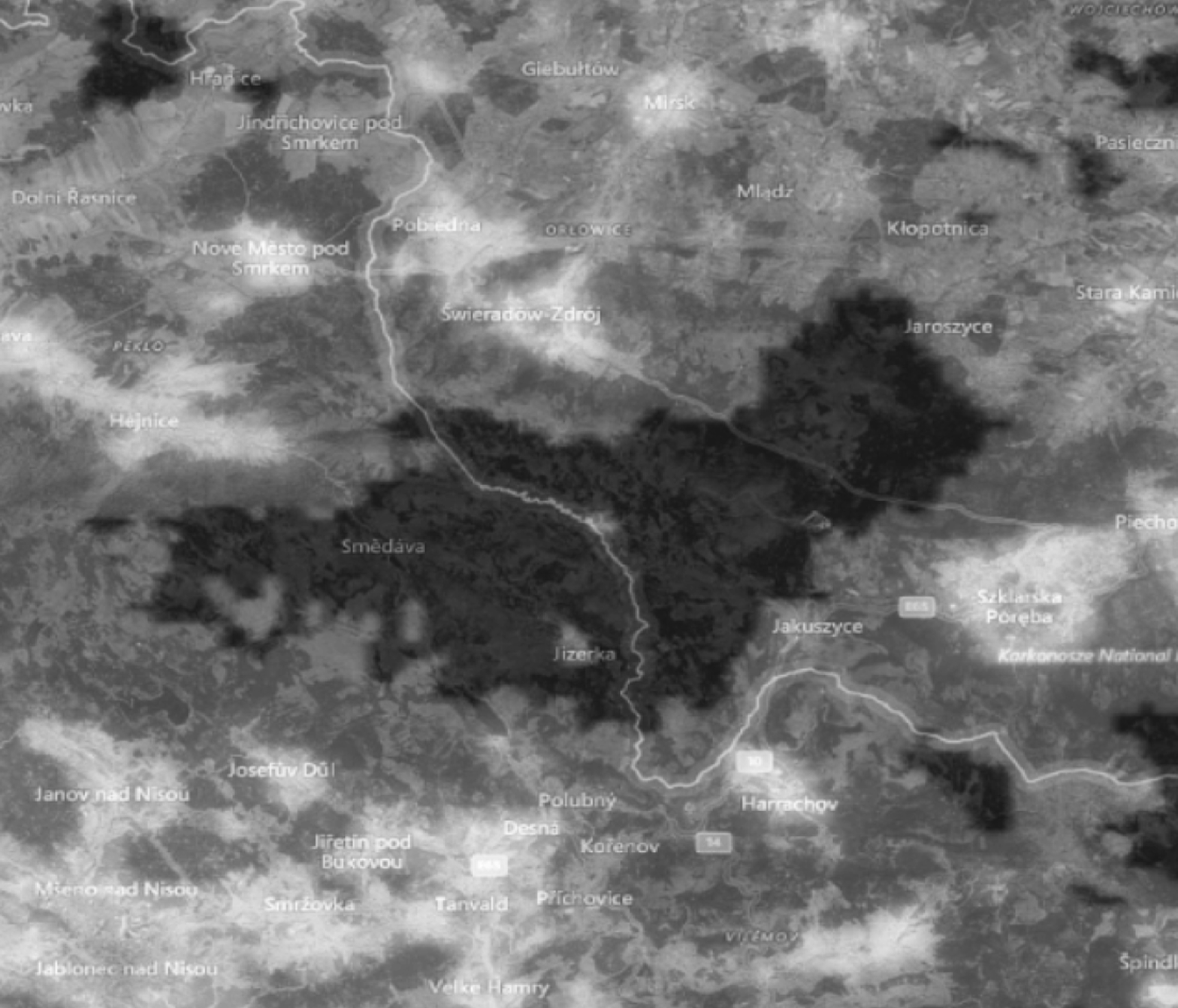
Julia is studying at the Doctoral School at the Silesian University of Technology, where she is working on her doctorate in architecture. As part of this, she also has design classes with students. In addition, she works on various projects as a freelancer. ‘I just like life in general, so a lot of things interest me. I like things with some history, related to heritage, nature, I like interiors, textures… I would say, I like spaces in general. I am one of those who are still looking for something.’ When asked about how they see the role of daylight in architecture –
Julia replies: ‘I think it’s really important – on the one hand because it affects the biology of almost every living being and therefore also health – mental and physical. On the other hand, I think it’s a magical thing – it can create atmosphere, sometimes it can play a main role and sometimes it’s just a background – but importantly it can make us feel something, so in a way it can create stories”. Pawel continues: ‘The most significant aspect is its impact on the perception of users. Natural light influence user comfort, providing the right conditions for work, rest, and relaxation. The ability to utilise it in designs directly affects the quality of the designed spaces and buildings.’ Professor Wojewódka adds: ‘At our university, we have a huge focus on resources. When teaching my students, I pay close attention to daylight as a resource, and related to electric light pollution at night, we should also shine light on all other forms of pollution and the problems that we have, as result of industrialisation and the reckless operation of natural resources.’
“When teaching my students, I pay close attention to daylight as a resource”
Regarding the future, they all agree that it is important that Polish architects focus on the environment; how we build and use our resources – especially when it comes to urbanism, green areas in cities and how we relate to nature in general. Pawel states: ‘Reclamation of spaces, transformations and reuse of existing buildings, basically, is a good trend and here in Poland, we have a lot of industrial space.’ As an example of a Polish architect office working with transformation, he points at Robert Konieczny, founder of studio KWK Promes, who has transformed a former slaughterhouse into a museum – `Plato Contemporary Art Gallery´ located in Ostrava, Czech Republic. The office also transformed the previously contaminated site into a biodiverse art park for the benefit of local residents.
Professor Wojewódka concludes the conversation with:
‘In my opinion, education – both now and in the future – should return to focusing more on social values and wise national traditions. It is important to recognise that the greatest value lies in both humans and the natural world around them. Rapidly advancing technologies should serve people and make their lives easier, rather than forcing people to adapt to them.’

References
http://www.izera-darksky.eu/izera/izera-en.html
The upper part of the Izera valley and the Jizerka valley are among the most valuable regions in the Czech-Polish borderland. Even though there was large ecological disaster in the Izera Mountains in the 1980s resulting in significant loss of forests, they did not lose their greatest gem – their peat bogs. Nowadays, forests have started to cover Izera Mountains again and withered trees are replaced by young ones. The nocturnal environment of the mountains is well preserved, especially in the Izera and Jizerka Valleys. Although the night sky here is about 2 times brighter than the unpolluted light sky, it is still much darker than the city sky where night sky brightness may be over 40 times larger than natural. This gave an opportunity to establish a dark sky park covering the mentioned valleys. The park includes the Izera Valley and the Jizerka Valley together with surrounding mountain ridges.
The International VELUX Award for students of architecture, now known as Light of Tomorrow by VELUX, is open for registrations for the the 2026 competition and award cycle. Find out more.

